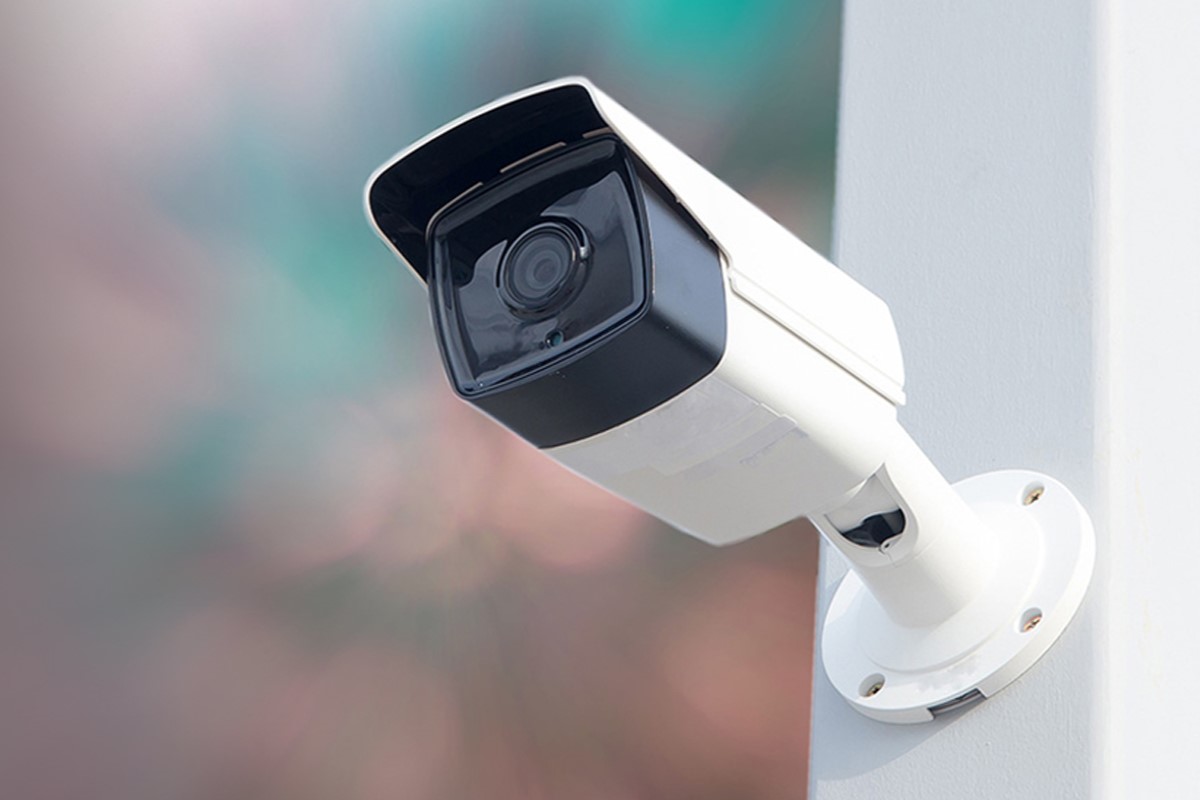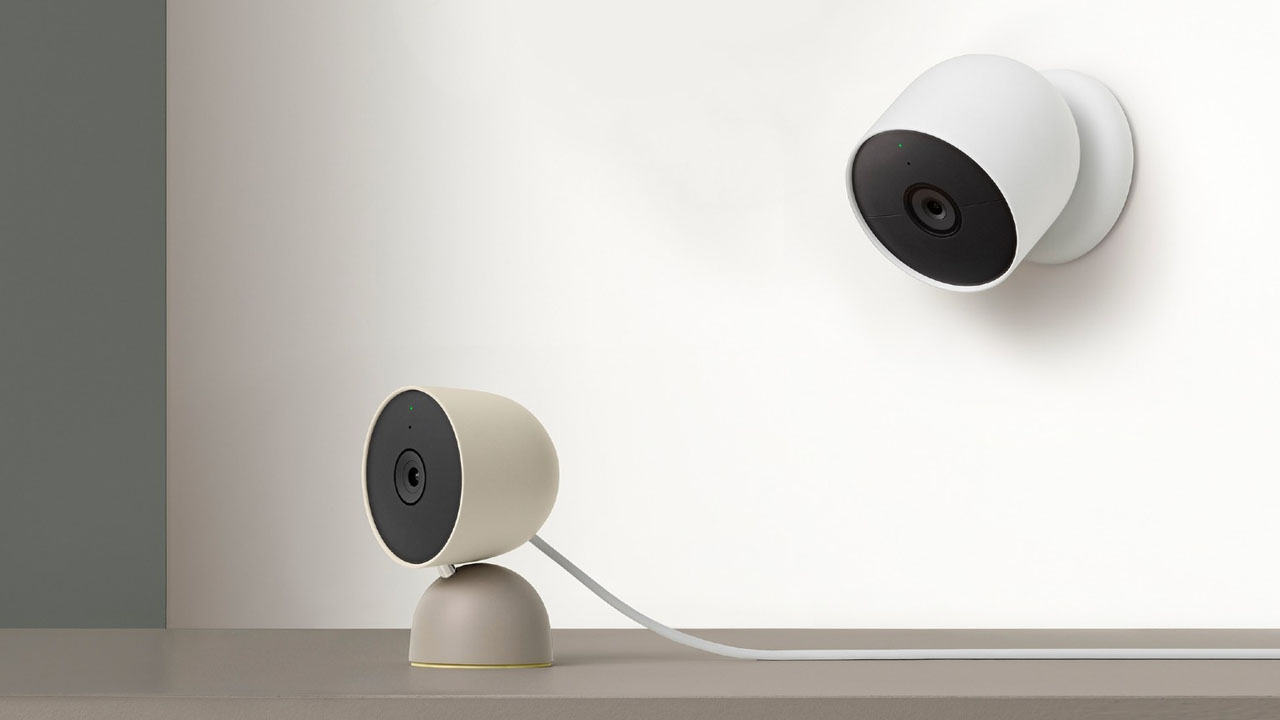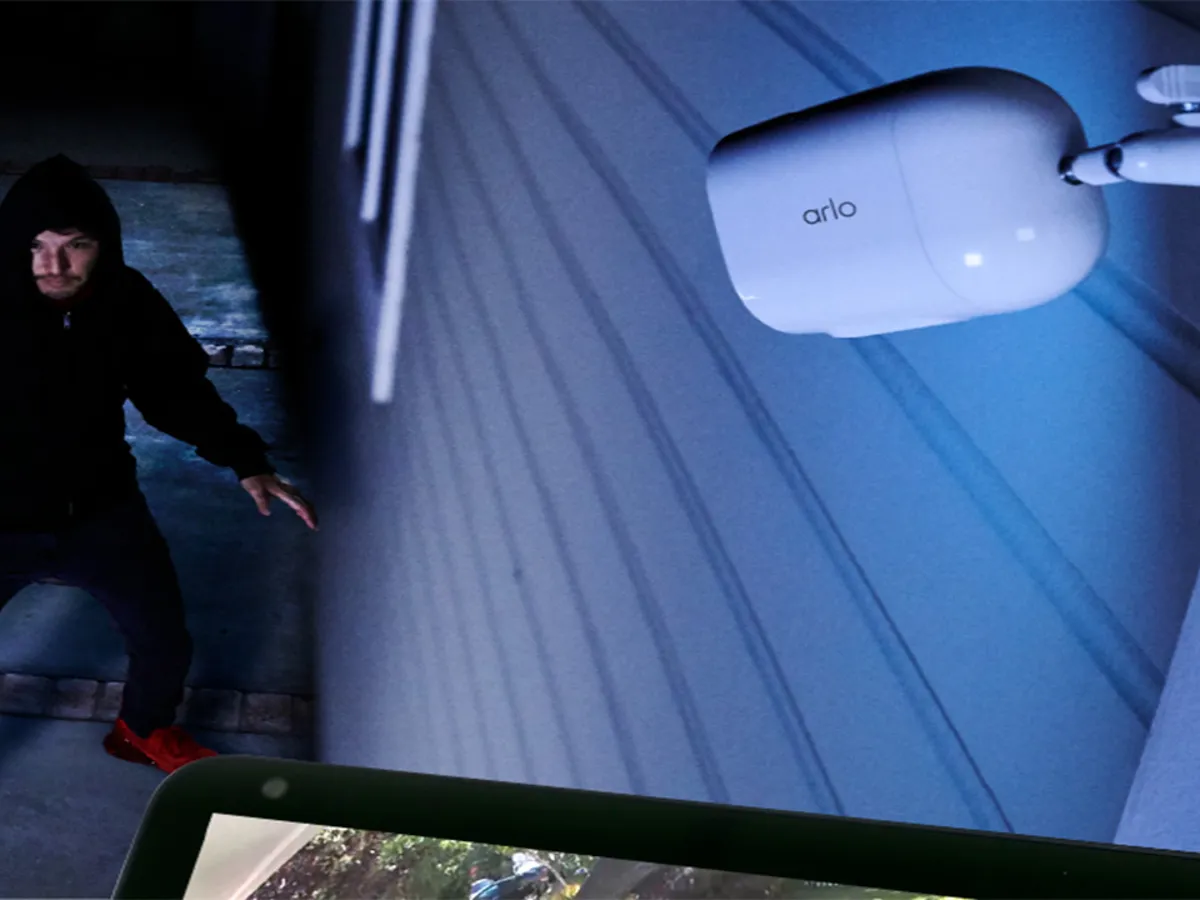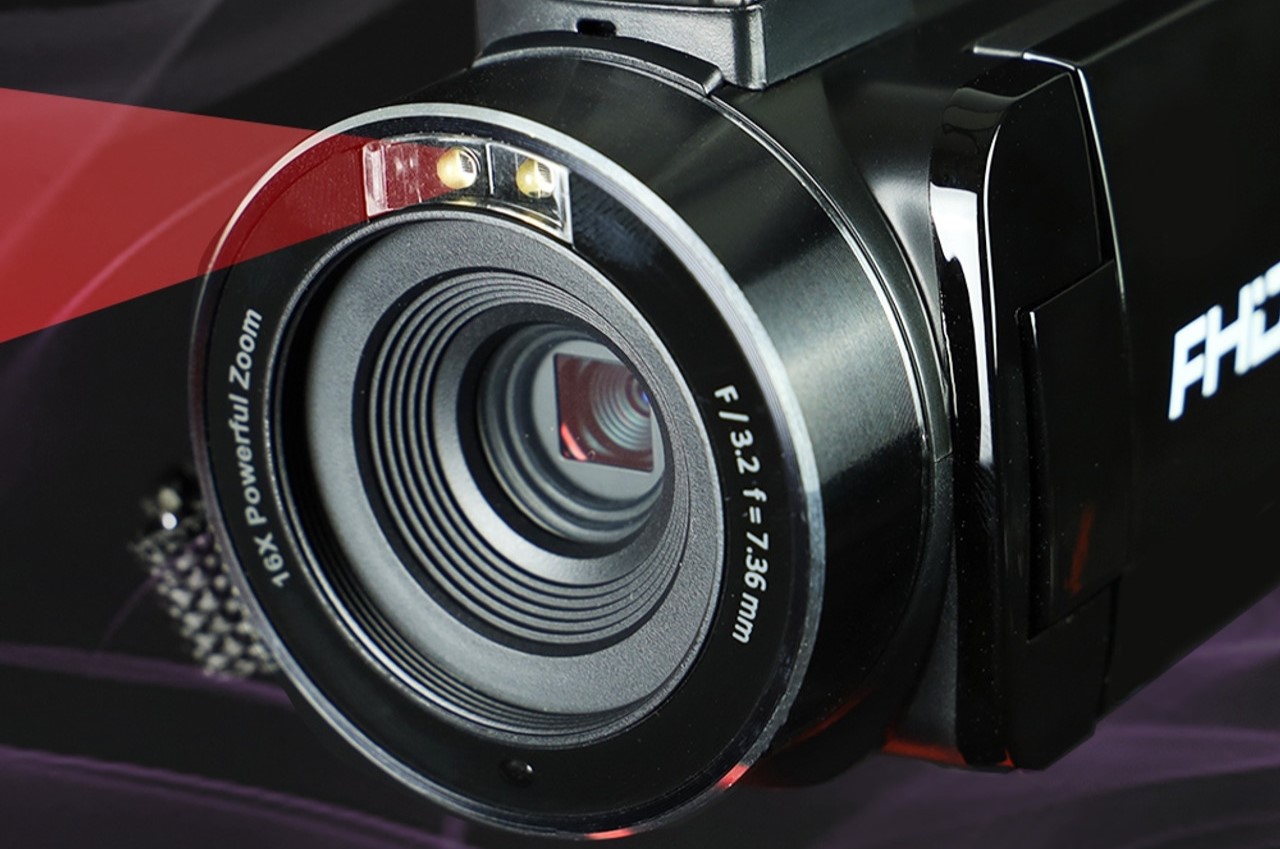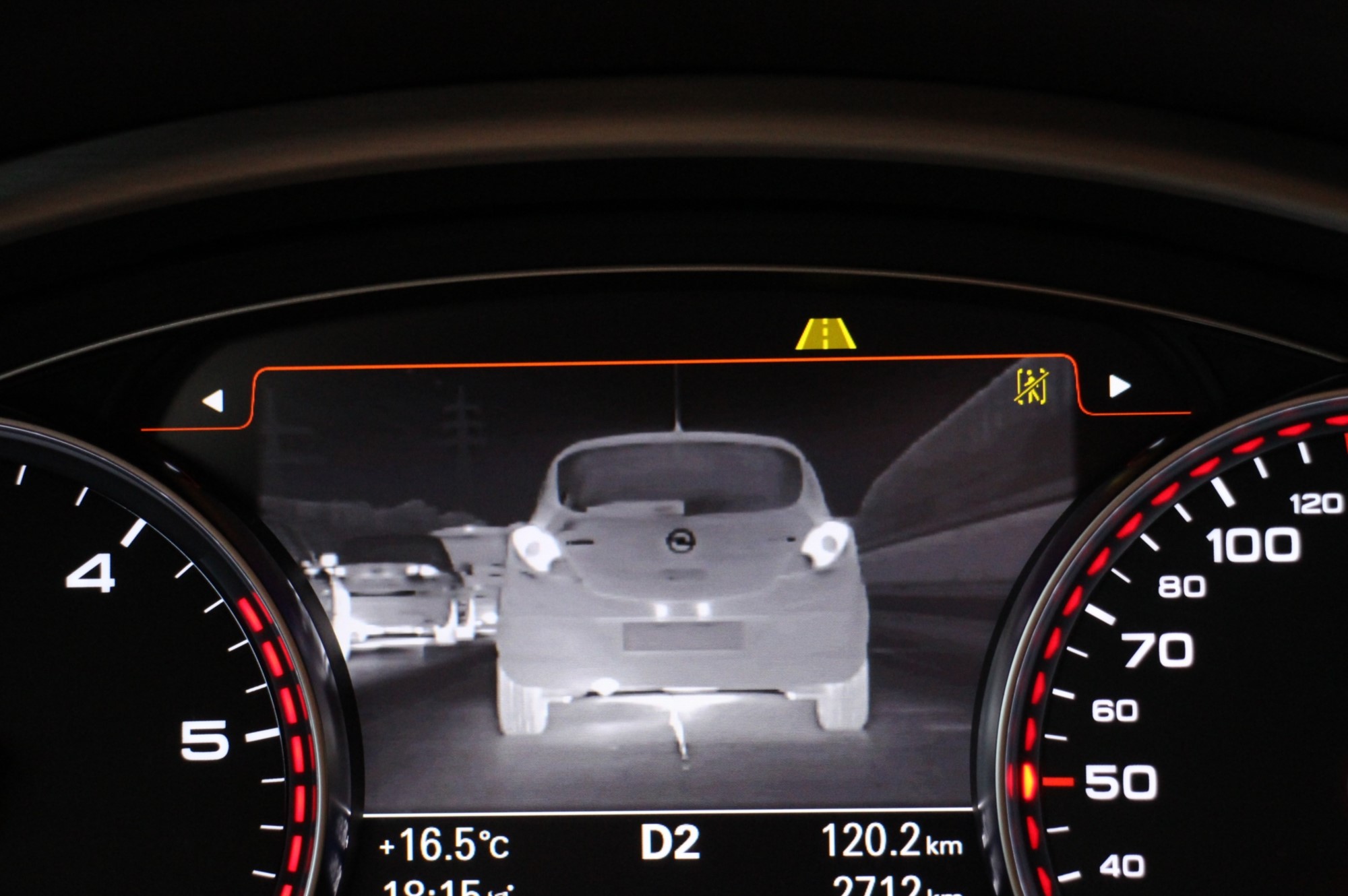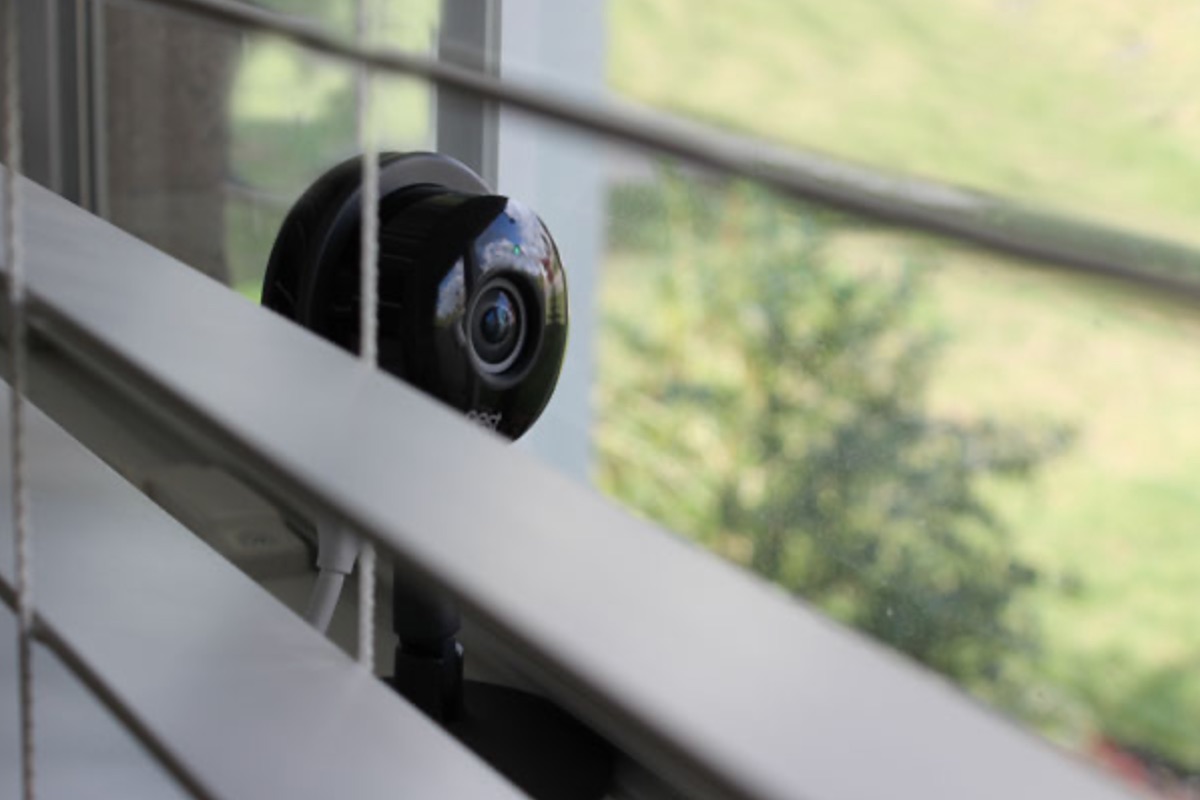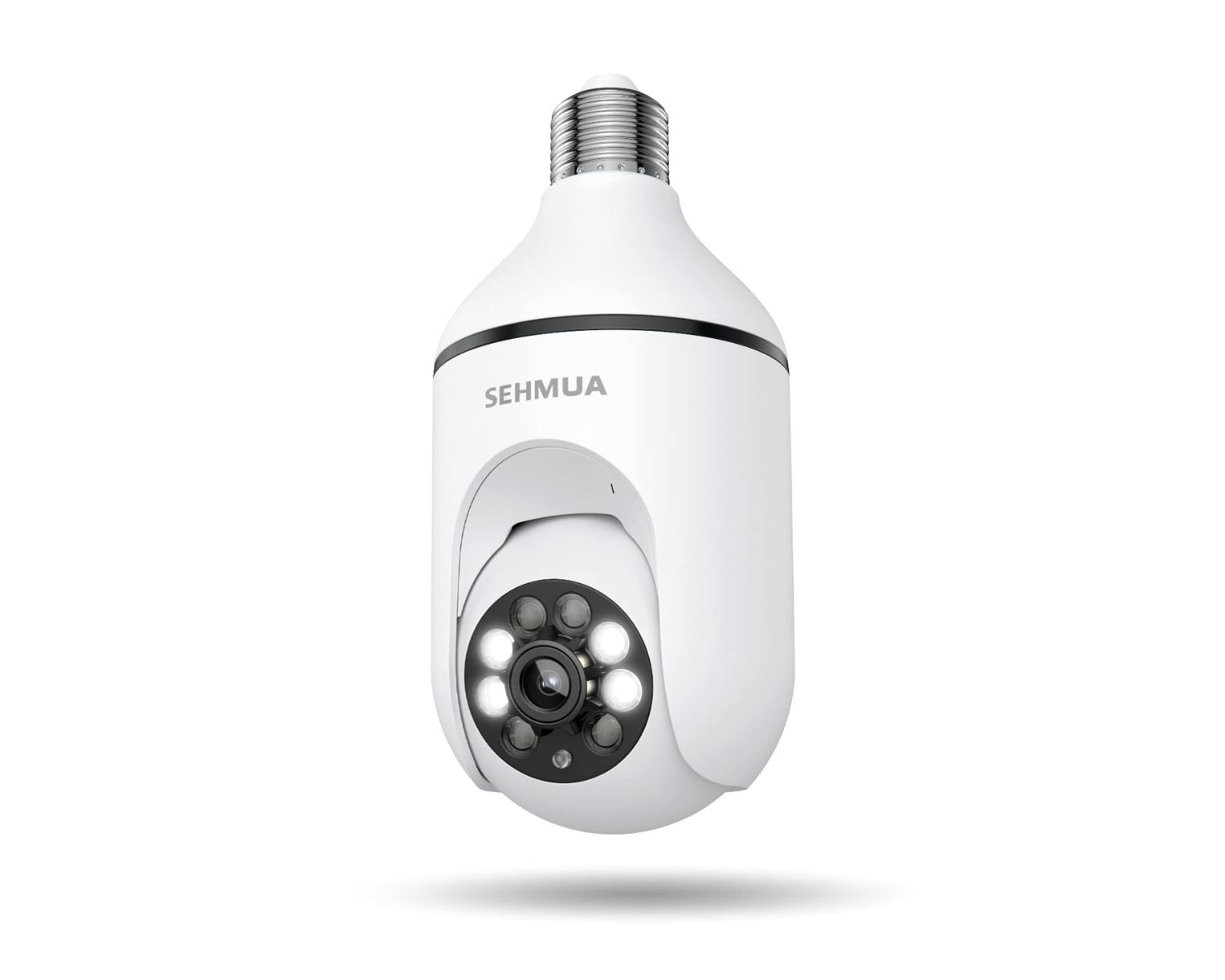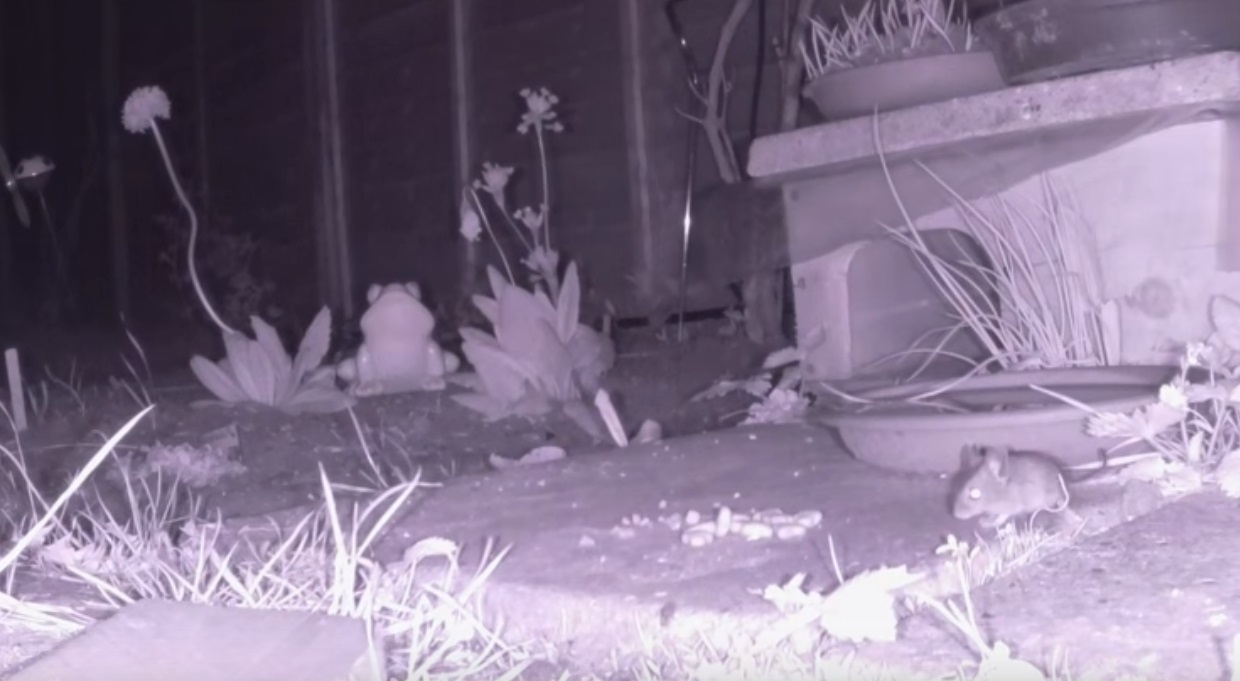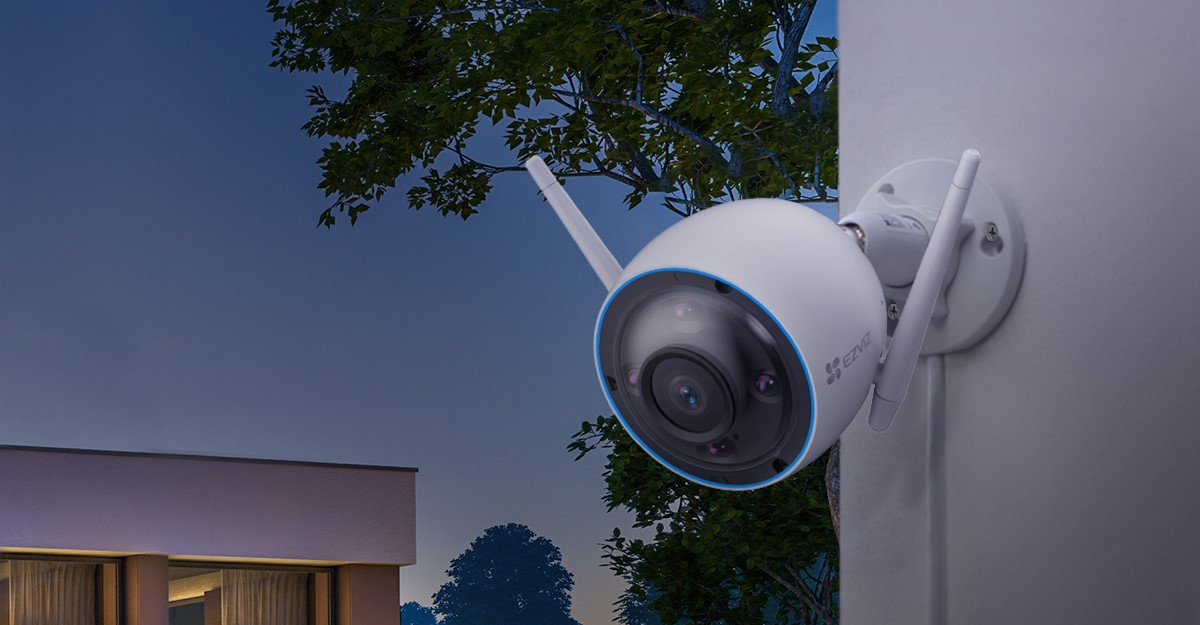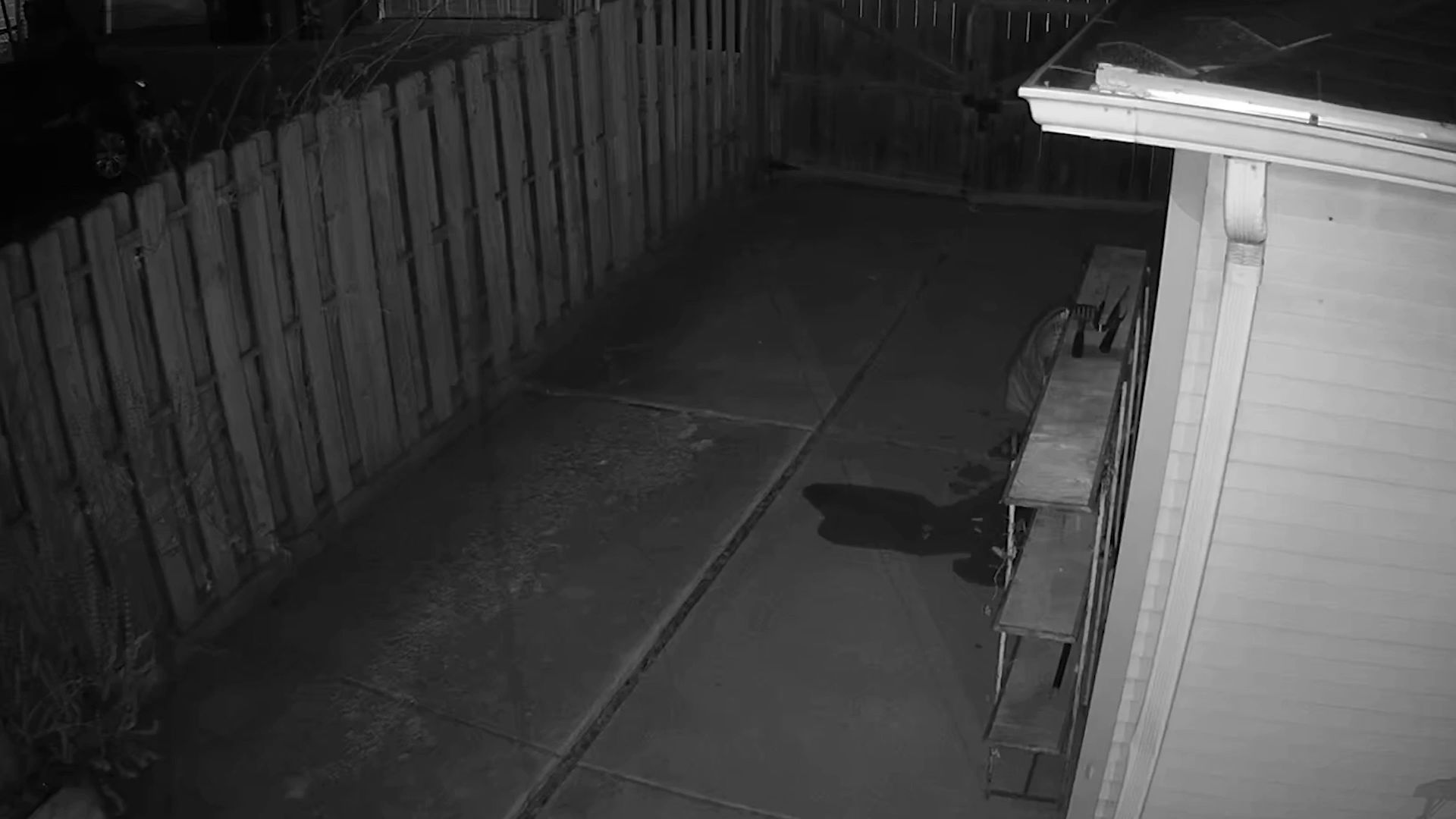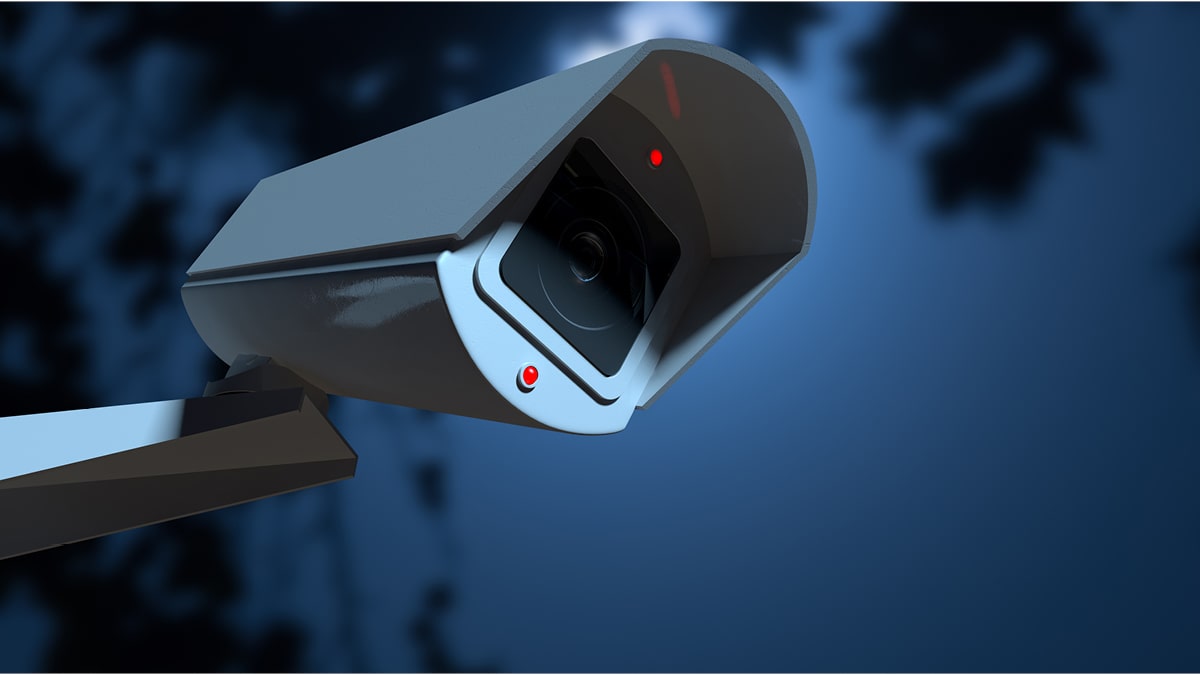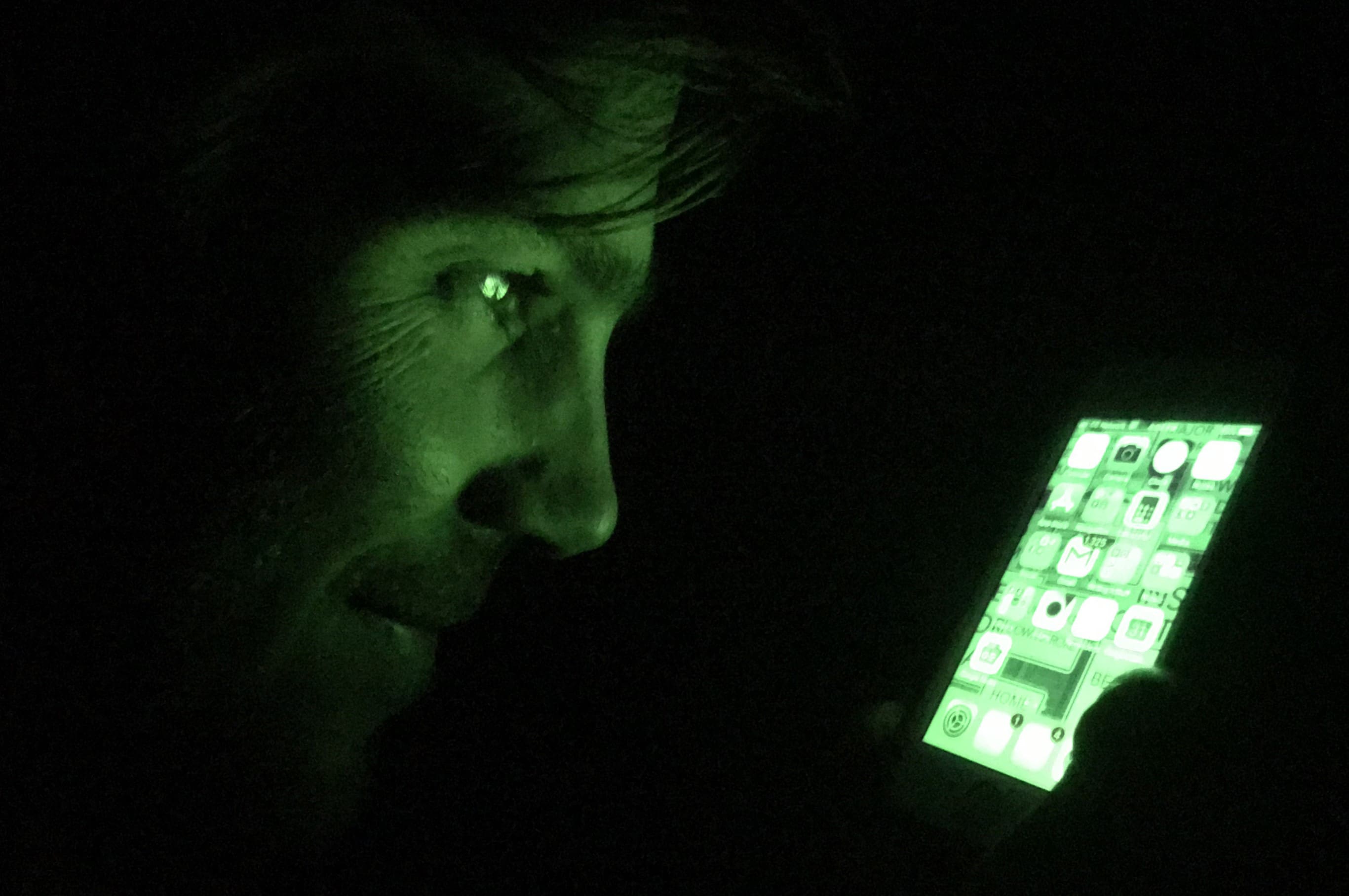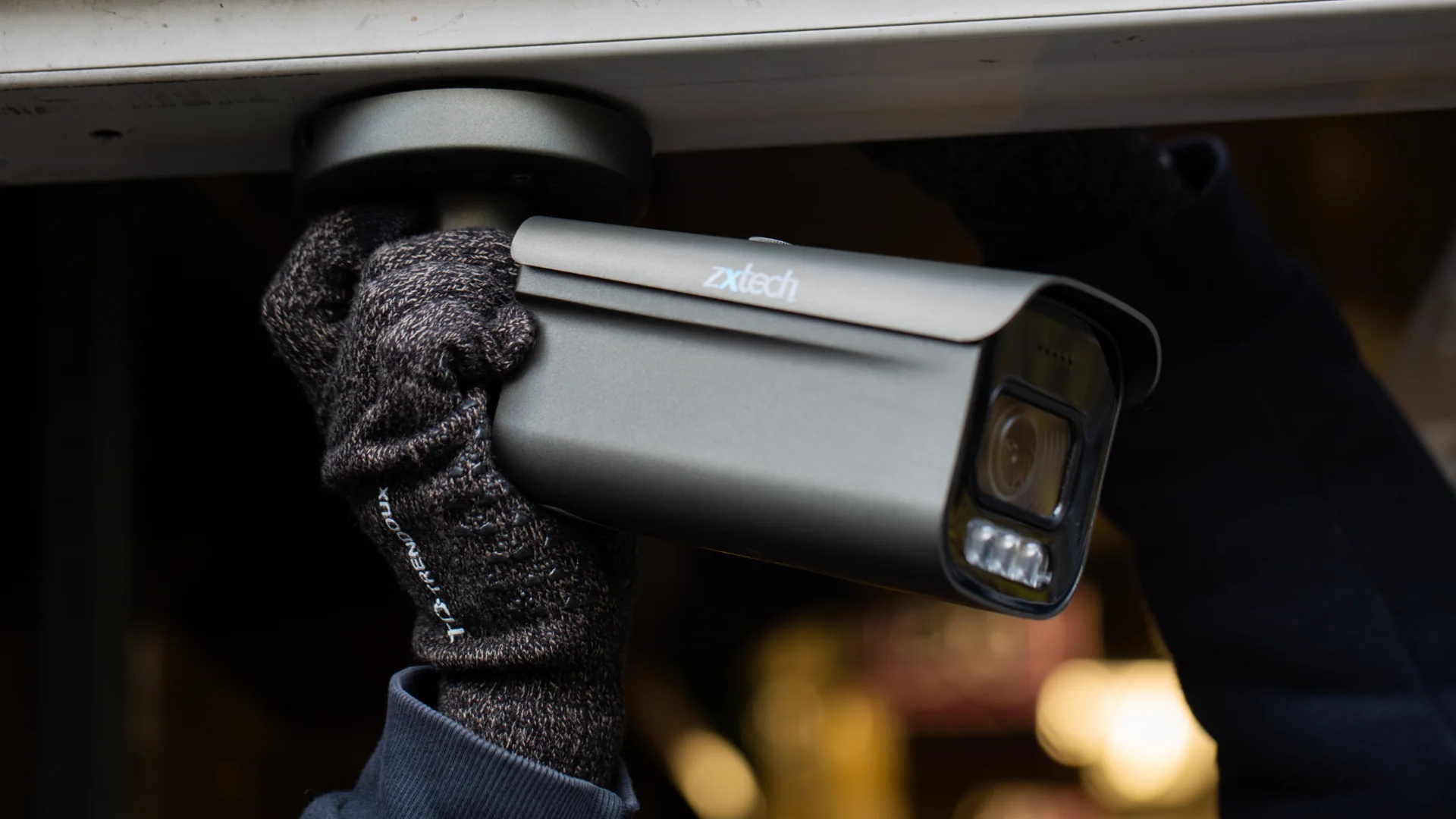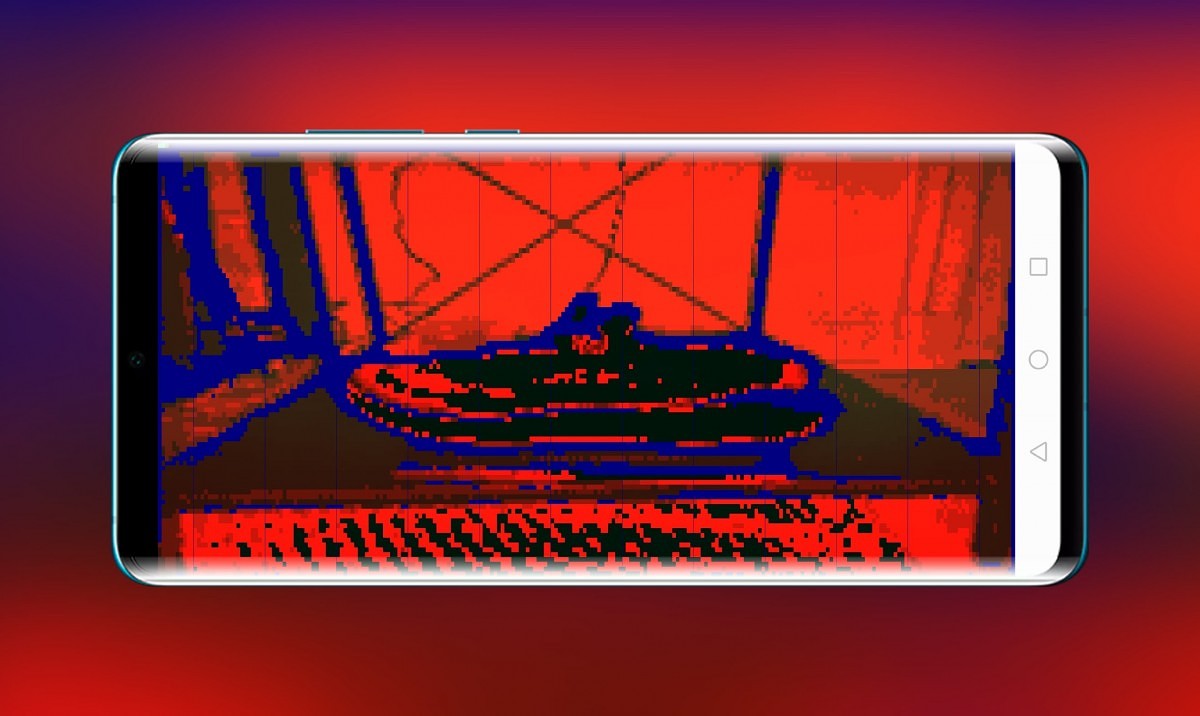Home>Home Security and Surveillance>How To Detect A Night Vision Camera
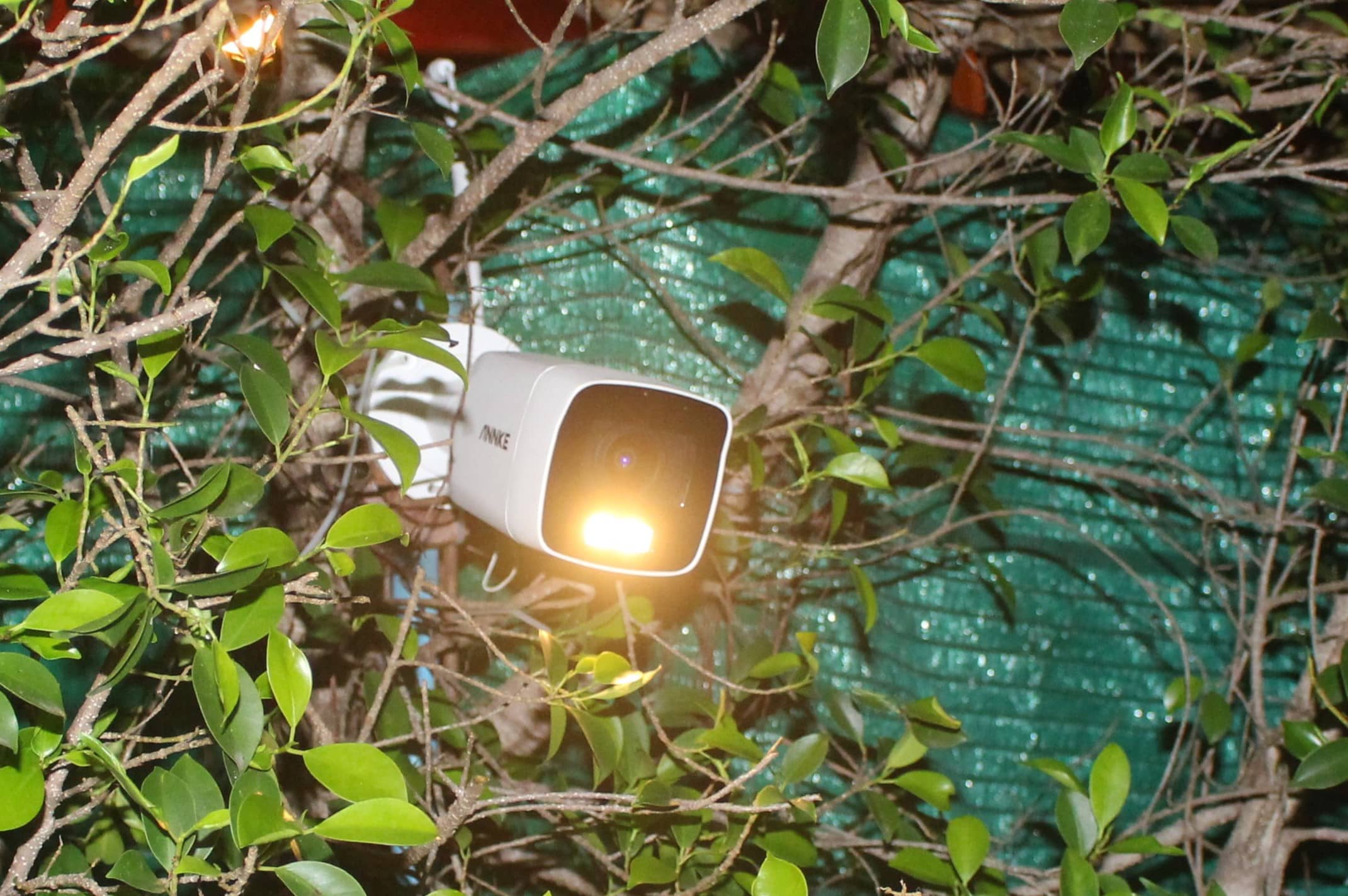

Home Security and Surveillance
How To Detect A Night Vision Camera
Modified: March 7, 2024
Learn how to detect a night vision camera in your home with our expert tips and tricks for home security and surveillance. Protect your privacy and stay one step ahead of potential intruders.
(Many of the links in this article redirect to a specific reviewed product. Your purchase of these products through affiliate links helps to generate commission for Storables.com, at no extra cost. Learn more)
Introduction
Welcome to the world of home security and surveillance! In today’s technology-driven society, ensuring the safety of our homes and loved ones has become a top priority. One of the most effective ways to safeguard our properties is by installing a high-quality security camera system.
When it comes to home security cameras, night vision cameras have gained significant popularity. These cameras are equipped with advanced technology that enables them to capture clear and detailed footage even in low-light or complete darkness. In this article, we will dive deeper into the world of night vision cameras, exploring their basic features, types, and most importantly, how to detect if someone is using a night vision camera in your vicinity.
Understanding night vision cameras’ capabilities and their detection methods is crucial in maintaining the privacy and security of your home. Whether you suspect the presence of unauthorized surveillance or you simply want to ensure your privacy, this comprehensive guide will equip you with the knowledge to detect and safeguard against night vision cameras effectively.
Before we delve into the details of night vision camera detection techniques, let’s cover the basics of night vision cameras and understand how they work.
Key Takeaways:
- Night vision cameras use advanced technology to capture clear images in the dark, but signs like unusual red glows and visible LEDs can help detect their presence. However, professional assistance may be needed for accurate detection.
- When choosing a night vision camera, consider factors like resolution, infrared range, and field of view. Understanding the technology behind these cameras can help homeowners make informed decisions to protect their properties effectively.
The Basics of Night Vision Cameras
Night vision cameras, also known as low-light cameras, are specifically designed to capture clear and detailed images in environments with limited light or complete darkness. These cameras use advanced technology to enhance visibility in dark conditions, allowing homeowners to monitor their properties even in the absence of external lighting.
One of the key features of night vision cameras is their ability to amplify existing light or use infrared (IR) illumination to illuminate the scene. This ensures that the captured footage is of high quality, providing valuable information in the event of an incident.
Most night vision cameras utilize a combination of two technologies: image intensification and thermal imaging.
- Image Intensification: This technology works by enhancing the existing light in the environment. It captures the available light, such as moonlight or streetlights, and amplifies it to create a clearer image. Image intensification is commonly used in night vision cameras with low-light capabilities.
- Thermal Imaging: Unlike image intensification, thermal imaging detects the heat signatures emitted by objects and living beings. It doesn’t rely on visible light and is effective even in pitch-black darkness. This technology is commonly used in professional-grade night vision cameras.
In addition to these technologies, night vision cameras may also offer features such as motion detection, zoom capabilities, and remote access through mobile applications. These features provide homeowners with added convenience and peace of mind while monitoring their properties.
Now that we’ve covered the basics of night vision cameras, let’s explore the different types available in the market.
Types of Night Vision Cameras
When it comes to night vision cameras, there are several types available in the market, each catering to different needs and preferences. Understanding the different types will help you make an informed decision when selecting the right camera for your home security needs. Let’s explore them:
- Traditional Night Vision Cameras: These cameras are equipped with image intensification technology and are commonly used in residential and commercial settings. Traditional night vision cameras capture and amplify existing light to produce clear and detailed footage in low-light conditions. They are typically used for general surveillance purposes and provide reliable performance in most situations.
- IR Illuminator Cameras: These cameras have built-in infrared illuminators that emit infrared light to illuminate the scene, even in complete darkness. The camera captures the reflected infrared light to create a clear image. IR illuminator cameras are ideal for monitoring areas that have no external light sources, such as remote outdoor spaces or locations without streetlights.
- Thermal Imaging Cameras: Thermal imaging cameras use thermal sensors to detect heat signatures emitted by objects and living beings. They create images based on the variations in temperature rather than relying on visible light. Thermal cameras are highly effective in detecting human or animal presence in complete darkness and are commonly used in professional surveillance and security applications.
- Wireless Night Vision Cameras: As the name suggests, wireless night vision cameras provide the convenience of wireless connectivity. These cameras utilize Wi-Fi or other wireless protocols to transmit video footage to a central monitoring station or directly to your smartphone or computer. Wireless night vision cameras are easy to install and offer flexibility in camera placement.
- PTZ (Pan-Tilt-Zoom) Cameras: PTZ cameras are motorized cameras that allow remote control of the camera’s movements. They can pan (move left or right), tilt (move up or down), and zoom in or out to capture footage from various angles. PTZ cameras are commonly used in larger surveillance areas where active monitoring and flexibility in camera positioning are required.
By understanding the different types of night vision cameras, you can choose the one that suits your specific surveillance needs and provides the level of security you desire for your home or property.
Now that we have explored the types of night vision cameras available, let’s move on to understanding the key features to look for when selecting a night vision camera.
Key Features to Look for in Night Vision Cameras
When choosing a night vision camera for your home security and surveillance needs, it’s important to consider various factors. Here are some key features to look for when selecting a night vision camera:
- Resolution: The resolution of the camera determines the level of detail captured in the footage. Look for cameras with high-resolution capabilities, such as 1080p or higher, for clear and crisp images.
- Infrared Range: Check the infrared range of the camera, which determines how far the infrared illuminators can illuminate the scene. A longer infrared range ensures better visibility in low-light or complete darkness.
- Field of View: The field of view of the camera refers to the area that the camera can capture. A wider field of view allows for more coverage and reduces the number of cameras needed to monitor an area.
- Weather Resistance: Ensure that the night vision camera is designed to withstand different weather conditions, especially if you plan to install it outdoors. Look for cameras with weather-resistant or waterproof ratings.
- Storage Options: Consider the storage options available with the camera. Look for cameras that offer local storage through SD cards or have options for cloud storage. Ample storage capacity will allow you to save and review footage as needed.
- Remote Viewing and Alerts: Check if the night vision camera offers remote viewing capabilities through a mobile app or web browser. This allows you to monitor your property from anywhere at any time. Additionally, look for cameras that provide alerts for motion detection or other events.
- Integration with Existing Security Systems: If you have an existing security system, consider cameras that can integrate seamlessly with it to create a comprehensive surveillance network.
- Power Source: Determine whether the camera operates on batteries, needs to be plugged into a power source, or offers a combination of both. Choose the power source option that suits your installation requirements.
- Ease of Installation and Use: Look for cameras that are easy to install and set up. User-friendly interfaces and clear instructions will simplify the installation and configuration process.
While these are some key features to look for in night vision cameras, it’s important to evaluate your specific security needs and preferences before making a purchase. Conduct thorough research, read customer reviews, and compare different models to ensure you make an informed decision.
Now that we have explored the key features to look for, let’s delve into how night vision cameras actually work.
Look for a small, usually red or green, light on the camera. Night vision cameras often have an infrared light that is visible in the dark.
How Night Vision Cameras Work
Night vision cameras are designed to capture clear and detailed images in low-light or complete darkness. They achieve this through the use of specialized technology that enhances visibility in dark conditions. Let’s take a closer look at how night vision cameras work:
1. Image Intensification: Night vision cameras that utilize image intensification technology work by amplifying the available light in the environment. These cameras capture the existing light, such as moonlight or ambient light from streetlights, and then amplify it to create a clearer image. This technology enhances the contrast and brightness of the captured scene, making it easier to see and identify objects or individuals.
2. Infrared Illumination: Some night vision cameras use infrared (IR) illumination to capture images in complete darkness. These cameras have built-in infrared illuminators that emit infrared light, which is not visible to the human eye but can be detected by the camera’s sensors. The IR light illuminates the scene, and the camera captures the reflected IR light to create a clear image. This method allows the camera to see in complete darkness where there is no available visible light.
3. Thermal Imaging: Thermal imaging technology is used in advanced night vision cameras. Instead of relying on visible light or infrared illumination, thermal cameras detect the heat signatures emitted by objects and living beings. These cameras capture the variations in temperature and convert them into images. The hotter an object or person, the brighter it appears in the thermal image. This technology allows for effective detection of individuals or objects, even in total darkness, regardless of whether there is any visible light or infrared illumination present.
It’s important to note that different night vision cameras may utilize a combination of these technologies to provide the best possible image quality and visibility in low-light conditions.
In addition to the technology used, night vision cameras may also offer features such as zoom capabilities, motion detection, and the ability to record and store footage. These features enhance the functionality and effectiveness of the camera and provide additional security measures.
Now that we have explored how night vision cameras work, let’s move on to the critical topic of detecting the presence of a night vision camera.
Read more: How To Make A Night Vision Camera
Signs to Detect a Night Vision Camera
Detecting the presence of a night vision camera can be a challenging task, as these cameras are specially designed to be discreet and unobtrusive. However, there are a few signs and indicators that can help you identify if someone is using a night vision camera in your vicinity. Here are some signs to look out for:
- Unusual Red Glow: Many night vision cameras use infrared illuminators to capture images in the dark. These illuminators emit infrared light, which is not visible to the human eye but can be detected with the help of some digital cameras or certain smartphone apps. If you notice an unusual red glow coming from a particular area, it could indicate the presence of a night vision camera.
- Visible LEDs: Some night vision cameras have built-in LEDs (light-emitting diodes) that emit visible light when the camera is in operation. These LEDs may appear as small red or green lights on the camera itself or a separate illuminator unit. Look for any unusual light sources in the area, especially in low-light conditions.
- Reflections: Night vision cameras may produce reflections from their lenses or other reflective surfaces. In a dark room or area, shine a flashlight or direct a strong light source towards the suspected area. If you notice any reflections, it could indicate the presence of a camera lens or other reflective components.
- Anomalies in Wireless Signals: Some wireless night vision cameras may interfere with other wireless devices, such as Wi-Fi networks or baby monitors. If you experience sudden drops in signal strength or unusual interference with your wireless devices in a specific area, it could be a sign of a nearby night vision camera.
- Unusual Activity or Behavior: Pay attention to any suspicious behavior or unusual activity in the area where you suspect the presence of a night vision camera. This could include individuals frequently adjusting or tampering with specific objects or fixtures, unusual wire placements, or signs of hidden cameras, such as small holes or cracks in walls or ceilings.
It’s important to note that while these signs can indicate the presence of a night vision camera, they are not foolproof methods of detection. To effectively detect the presence of a night vision camera, it is recommended to use specialized counter-surveillance equipment or seek the assistance of a professional security expert.
Now that we’ve covered the signs to detect a night vision camera, let’s explore some techniques you can use to detect these cameras.
Techniques to Detect a Night Vision Camera
Detecting a night vision camera can be a challenging task, as these cameras are designed to be discreet and hidden from plain sight. However, there are a few techniques you can employ to increase your chances of detecting the presence of a night vision camera. Here are some techniques to consider:
- Visual Inspection: Conduct a thorough visual inspection of the area where you suspect the presence of a night vision camera. Look for any unusual or out-of-place objects such as small lenses, pinhole-sized openings, or irregularities in walls, ceilings, or other fixtures that could potentially hide a camera. Pay special attention to areas that provide a vantage point for surveillance or areas where a camera could be easily concealed.
- Use a Flashlight: In a dark room or area, use a flashlight to scan the surroundings. Look for any reflections or glimmers that might indicate the presence of a camera lens or a reflective surface. Move the flashlight around the room from different angles to cover all potential hiding spots.
- Check for Wireless Signals: Use a wireless signal detector or a spectrum analyzer app on your smartphone to scan for any unusual or unidentified wireless signals in the area. Night vision cameras with wireless capabilities may emit signals that can be detected by these devices, helping you locate the source of the camera’s transmission.
- Invest in a Camera Detector: Specialized camera detectors are available in the market that are designed to detect hidden cameras, including night vision cameras. These devices use various technologies such as radio frequency (RF) detection, infrared scanning, and lens detection to identify the presence of hidden cameras. Follow the instructions provided with the camera detector to conduct a thorough scan of the suspected area.
- Use an Infrared Camera: Infrared cameras, also known as thermal cameras, can be used to detect the presence of a night vision camera. These cameras can detect the heat signatures emitted by active night vision cameras or infrared illuminators. Scan the area with the infrared camera and look for any unusual heat sources that may indicate the presence of a camera.
- Seek Professional Assistance: If you suspect that you are being monitored or if you are unable to detect a night vision camera using the above techniques, it is recommended to seek professional assistance from a reputable security company or a private investigator. These professionals have specialized equipment and expertise to detect and locate hidden cameras, including night vision cameras.
Remember, while these techniques can help increase your chances of detecting a night vision camera, they are not foolproof methods. It’s important to respect privacy laws and regulations when conducting these detection methods and to seek assistance from professionals when necessary.
Now that we’ve explored the techniques to detect a night vision camera, let’s conclude our discussion.
Conclusion
Protecting our homes and ensuring the safety of our loved ones is of paramount importance. Night vision cameras play a significant role in home security and surveillance, enabling us to monitor our properties even in low-light or complete darkness. In this article, we have explored the basics of night vision cameras, the different types available, key features to look for, and techniques to detect their presence.
Understanding the technology behind night vision cameras, including image intensification and thermal imaging, provides insight into how these cameras work and their capabilities. By considering factors such as resolution, infrared range, and field of view, homeowners can select the most suitable night vision camera for their specific security needs.
While night vision cameras are designed to be discreet, there are signs that can help detect their presence. Unusual red glows, visible LEDs, reflections, anomalies in wireless signals, and suspicious activity can indicate the presence of a night vision camera. However, it’s important to note that specialized equipment and professional assistance may be required for accurate detection.
Remember, when installing any surveillance equipment, it is crucial to respect privacy laws and regulations. It’s essential to obtain consent when monitoring areas where people have a reasonable expectation of privacy.
In conclusion, night vision cameras provide an extra layer of security and peace of mind for homeowners. By understanding their features, types, and detection methods, we can make informed decisions to protect our properties effectively. Whether for personal use or professional applications, employing the right night vision camera technology can enhance the safety and security of our homes.
Stay vigilant, stay informed, and stay secure!
Frequently Asked Questions about How To Detect A Night Vision Camera
Was this page helpful?
At Storables.com, we guarantee accurate and reliable information. Our content, validated by Expert Board Contributors, is crafted following stringent Editorial Policies. We're committed to providing you with well-researched, expert-backed insights for all your informational needs.
